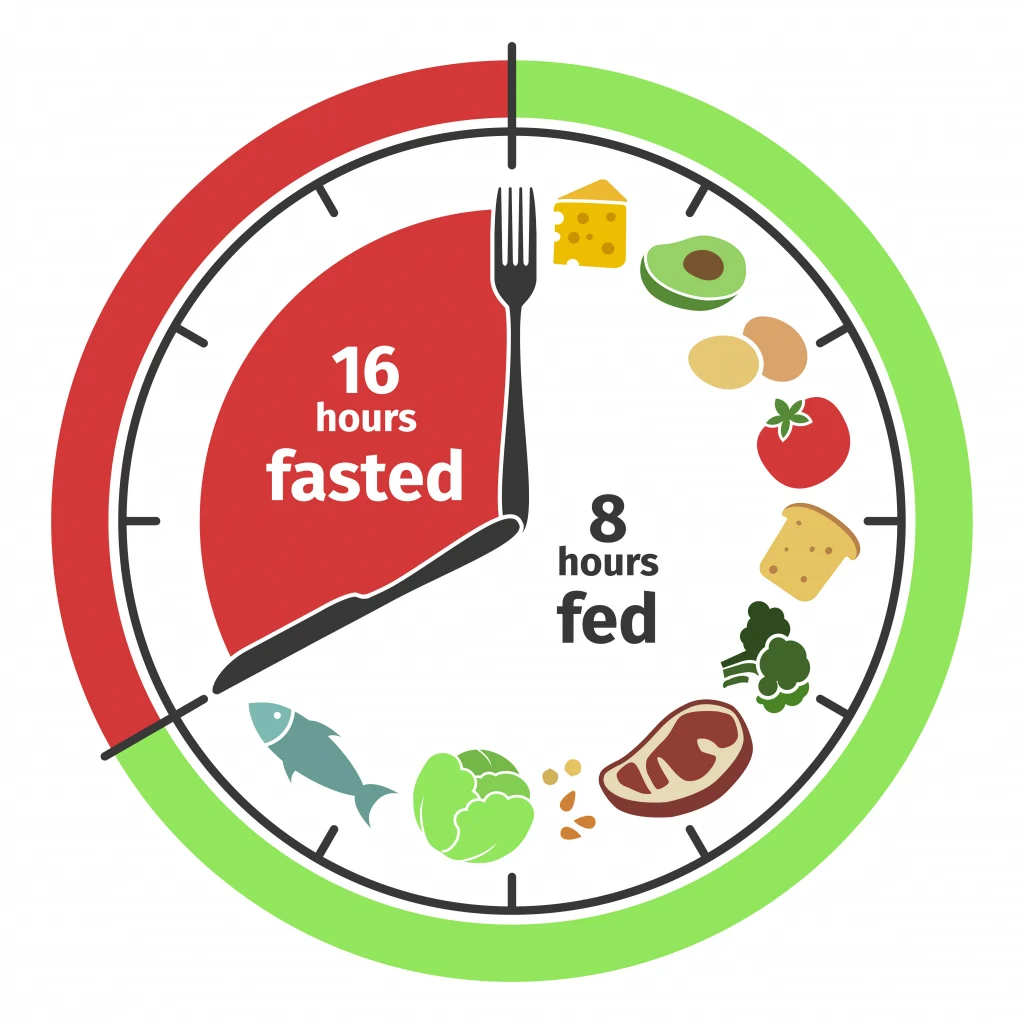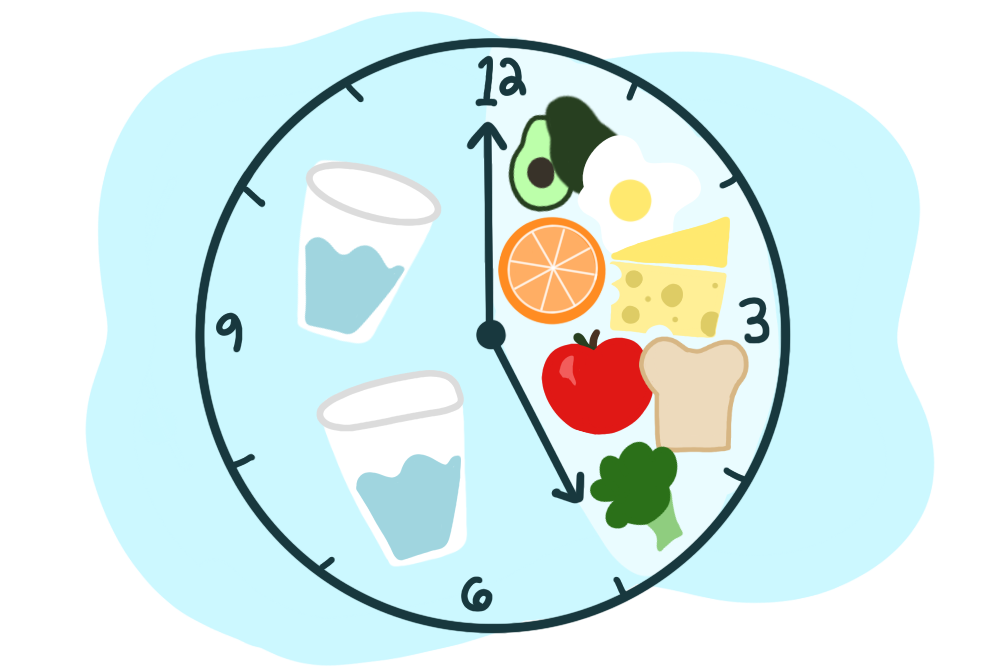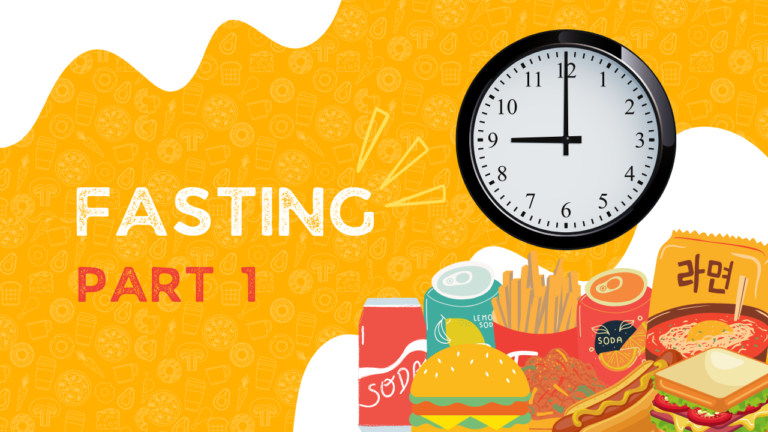How to break a fast (part 3)
How to break a fast
Breaking a fast properly is just as important as the fast itself. After a period of not eating, your body may have become sensitive to certain foods and may not be able to handle a large meal all at once. Here are some steps you can take to break your fast safely and comfortably:
1. Start slow: Don’t break your fast with a large meal. Instead, start with small, easily digestible foods such as fruits, vegetables, or broth. This will help to prepare your digestive system and prevent any discomfort or digestive upset.

2. Stay hydrated: Drinking plenty of water is essential during fasting, as it helps to flush out toxins and keep your body hydrated. When breaking your fast, continue to drink plenty of water to aid digestion and rehydrate your body.

3. Avoid heavy or processed foods: When breaking your fast, it’s important to avoid heavy or processed foods that may be difficult to digest. Instead, focus on nutrient-dense, whole foods such as fruits, vegetables, lean proteins, and healthy fats.
4. Introduce new foods gradually: If you’re breaking a long fast, it’s important to introduce new foods gradually to prevent digestive upset. Start with simple foods and gradually add in more complex foods over time.
5. Listen to your body: Pay attention to how your body responds to different foods and adjust your diet accordingly. If you experience digestive discomfort or bloating, consider eliminating certain foods or reducing your portion sizes.

6. Take your time: Breaking a fast can take time, and it’s important to be patient and gentle with your body. Don’t rush the process, and take your time to eat slowly and mindfully. It’s important to note that the length and type of fast you’ve completed may affect how you should break your fast. For example, if you’ve completed a water fast or extended fast, you may need to break your fast more slowly and carefully than if you’ve completed a shorter fast or partial fast.
Overall, breaking a fast requires patience, attention, and a gentle approach to food. By following these steps, you can break your fast safely and comfortably and enjoy the benefits of fasting without any negative side effects.
INTERMITTENT FASTING

Intermittent fasting means not eating for a set period of time each day or week. Some popular approaches to intermittent fasting are as follows: Fasting on alternate days. Eat normally one day and then fast or have one small meal (less than 500 calories) the next.
Fasting at a 5:2 ratio. Five days a week, eat normally, and two days a week, fast. Fasting every day for a set amount of time. Eat normally, but only during an eight-hour period every day. For example, instead of skipping breakfast, eat lunch around noon and dinner by 8 p.m.








